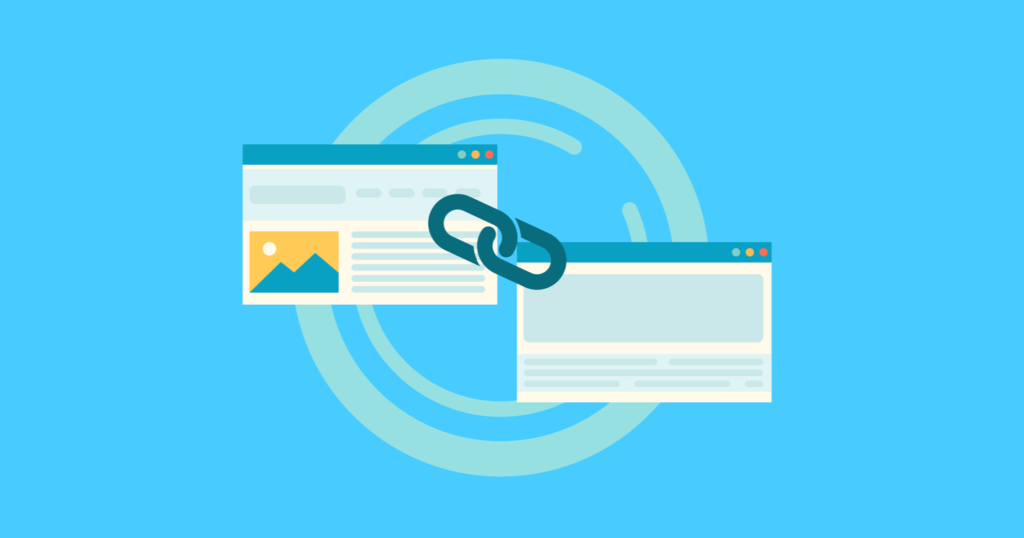
Internal linking is the process of connecting pages with content on related topics to other pages with content on related topics. This creates a web of connections between information on a certain subject, making it easier for your audience to find content on your site that is relevant to their needs in addition to the first post or article they encounter.
Technically speaking, internal linking is important as, by using the proper method, you can improve site authority while removing broken links and redirect loops.
Top 4 benefits of having internal linking in SEO
In order to increase your web traffic, here are the reasons why internal linking is important in SEO.
Improve user experience
Improved navigation is one of the key goals of internal links. the same goes for Internet users and search engines. In creating that online experience, internal links are crucial. Without internal linking, a website would not only have any chance of being correctly indexed but would also lose users who couldn’t navigate from one page to another.
Viewers are more likely to explore through and spend more time on your website if the content connected by dozens of internal links is pertinent to your target audience. In the end, this helps in raising a website’s conversion rate.
Spreading Link Juice with Internal Linking
Link juice can be distributed to other website pages or blog posts by using internal linking. It helps spread the link equity on your site when you connect to internal pages. You must be well-versed in how link juice propagates to your most significant landing pages via internal links to fully use this benefit.
Therefore, if you link to another page on your website from your homepage, Google will consider that page to be important and will pay attention to it. As a result, that page will receive more link value from the homepage than if it were linked to another page.
Usability with Anchor Text
With the right anchor text, usability is even improved. The clickable text within a piece of content known as Anchor text is typically blue and highlighted. It explains to readers the purpose of links and the destination that the intended audience would reach after clicking on the link text.
Including descriptive anchor text associated with your target term is preferable to include descriptive anchor text associated with your target keyword, especially for internal links. In order to avoid issues with duplication, separate anchor text should be used on different pages.
Improves indexing of the website
Since Google’s bots are continuously working to give visitors relevant content, the presence of internal links on a web page enables it to detect content that is not currently in its index and then index it. These bots can locate pages that are hidden further and are less frequently viewed thanks to a robust internal linking architecture.
Bots are more likely to index a website more quickly when they can easily access a large number of its pages. Look for Wikipedia Editors For Hire, to create content with relevant keywords, so your website’s internal pages can be strengthened with the help of these internal links, which will also help it rank higher.
Conclusion
Use internal linking to optimize your site as it has grown to be the most critical part of SEO strategy. This enables search engines to comprehend your topics, classify your pages, and assign them the proper rankings. After all, we all want web crawlers from search engines to find as many pages as possible on our websites and give some pages a higher SERP ranking.





